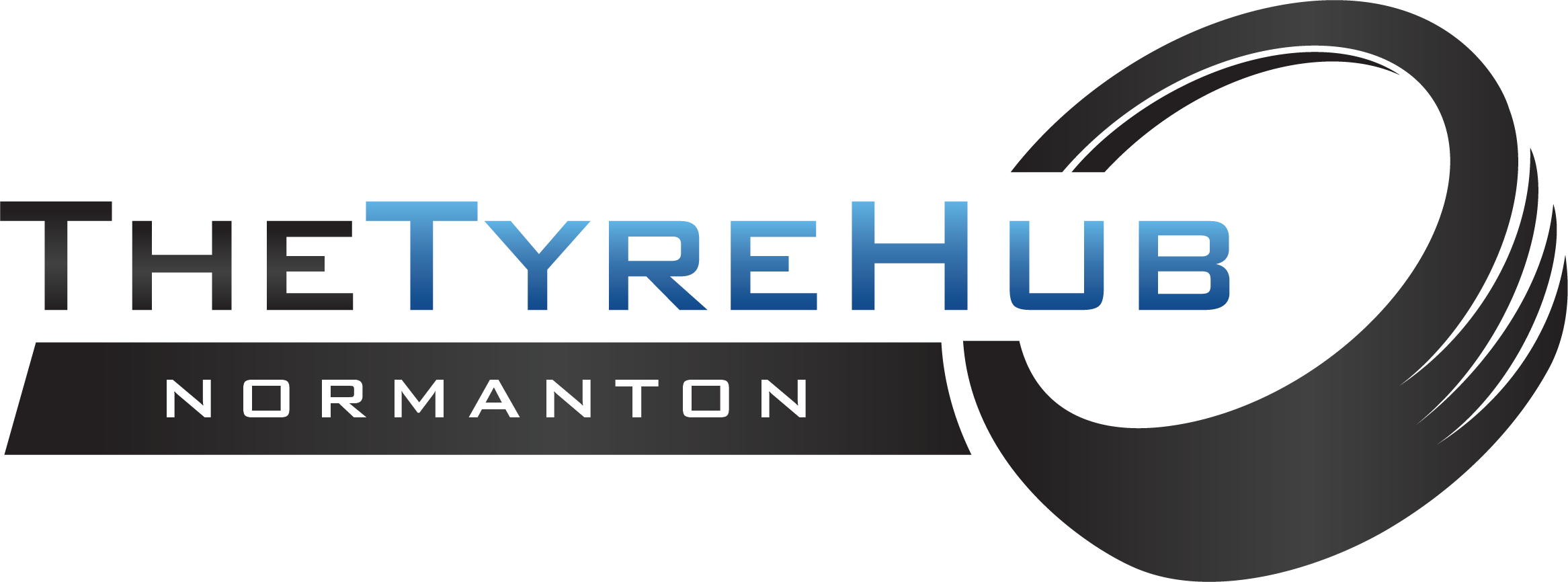There could be a number of reasons your PR isn’t having the impact you thought it would and if you think PR is going to magically drive sales, you may need to think again. While PR is an important part of the marketing mix, it needs to work in conjunction with your other sales and marketing activity or you’ll be wasting your time and your money.
For example, you could get a great piece of coverage in The Times or The Telegraph, with all your key messages included, but actually making the sale relies on a number of other things. Here are some thoughts on the things you need to consider before you get started.
Website:
If your website isn’t up to scratch, people aren’t going to buy. It sounds so obvious, but too often people rely on how good they think the product or service is, instead of how it’s presented to potential customers. Your website is your shop window so if your site is cluttered or your images aren’t professional, you’ll lose credibility. A well designed and easy to navigate site is essential to encourage people to buy from you and they should feel secure that they are dealing with a professional and reliable company.
Price point:
What’s your price point? If people go onto the site to look at your products is your pricing realistic? You might get a 25% uplift in your site visits, but if people arrive at your site and think the product is too expensive, they aren’t going to buy. Do research into your competition and see how you compare. If your product is more expensive, you need to make sure you justify why it’s worth it.
Customer service:
What’s your customer service like? Are your team pleasant on the phone and do they respond to emails quickly? A bad experience with your sales team will put people off. You can get all the great publicity you want, but if a customer has a bad experience with your team, you’ll lose them completely and you can bet that they’ll tell their friends about it which is the worst possible PR you can get.
Sales lead times:
How long do your customers take to decide to buy your product? If it’s something that you buy for a friend who’s having a baby for example, your customer might find your product but may not buy it until months later when the baby is born. Or if you have an expensive piece of jewellery, it may be that your customer needs to save up to buy it. Take into account that there may be a time lapse between getting the publicity and making the sale.
The Answers:
Before you start any PR activity take the time to examine all these areas. Ask your friends and contacts what they think of your website, product and pricing. You need their honest opinions about these things so that you can adjust your model accordingly and if you do decide to embark on a PR campaign, you need put into place an evaluation system to measure its success. For example, Google analytics can help you keep track of whether press coverage is driving traffic to your site but if your sales remain static, you need to investigate why.
Fundamentally, PR can drive people to your product and service and encourage sales, but unless these elements are all working in alignment, PR won’t be as effective as you need it to be.
